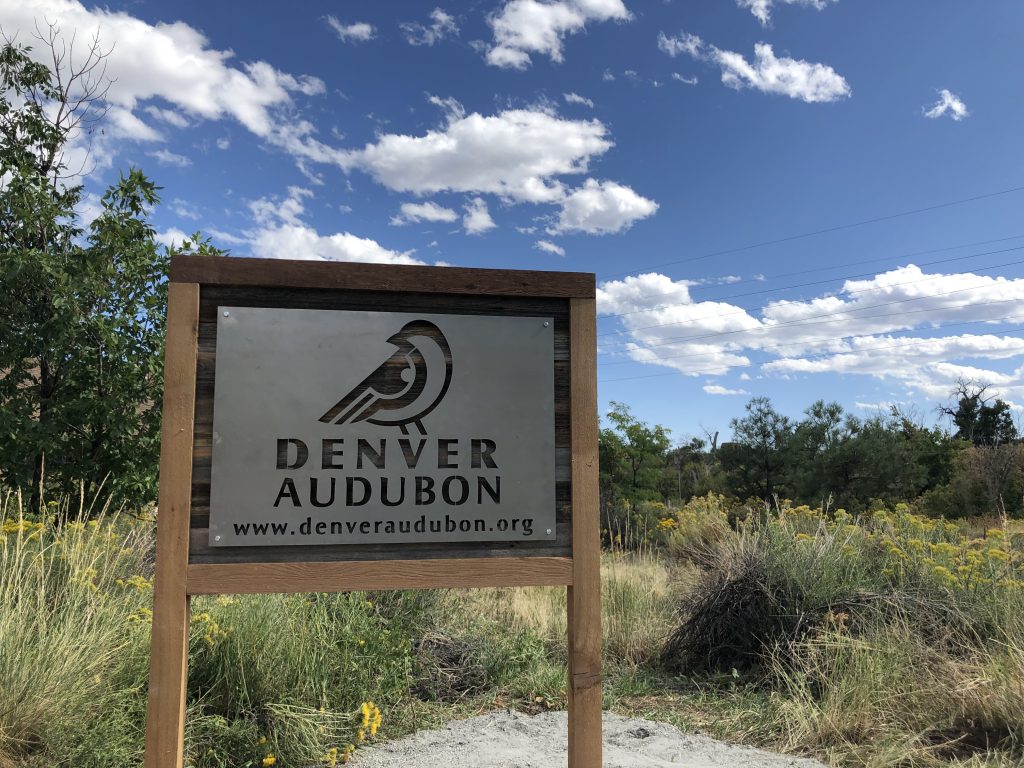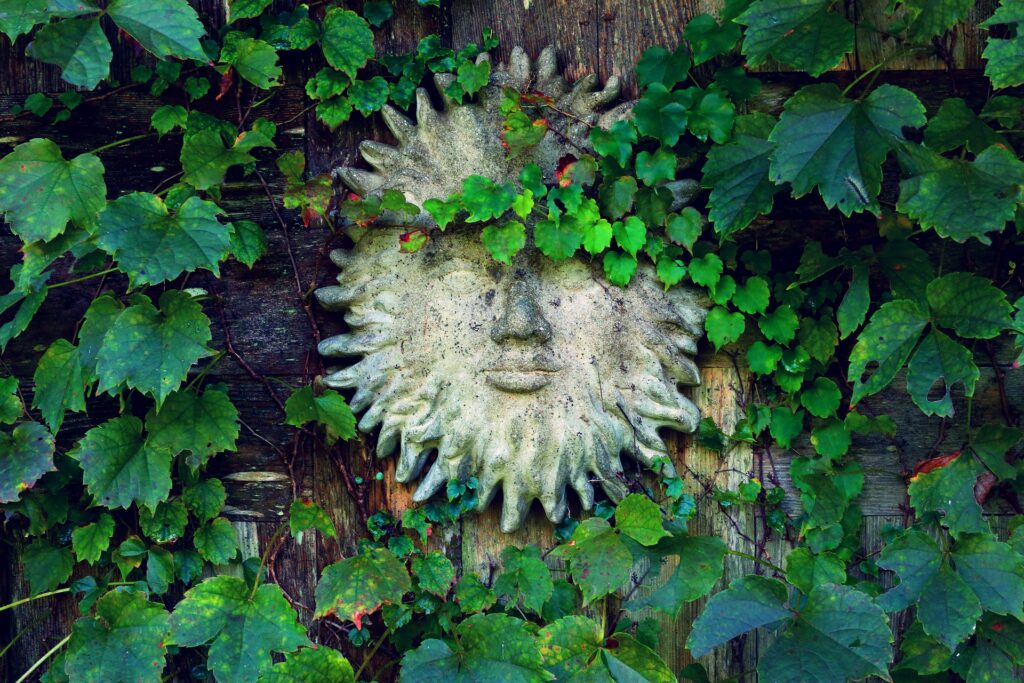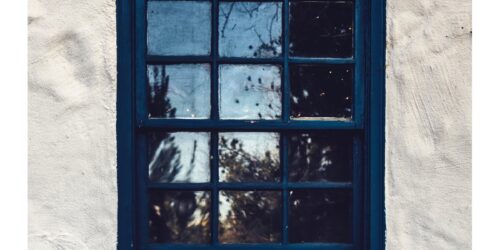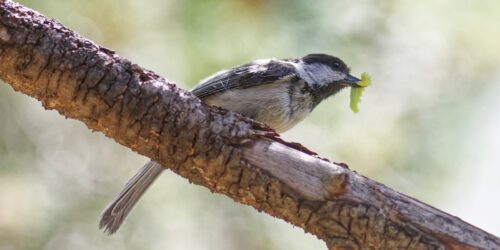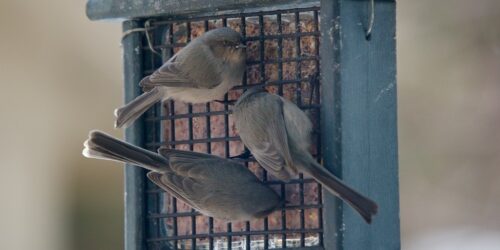Native Plants for Birds
The best way to bring birds into your yard is with native plants and a water source.
We are promoting the installation of Colorado native plants in yards, parks, and other private and public properties to increase bird habitat in the Denver metro area.
Native plants provide everything birds need to survive – shelter, food, space. Having a variety of Colorado native plant species ensures you have food for a diversity of bird types – from seed, to insects, to nectar and berries.
PLANTS FOR BIRDS BLOG POSTS
CHOOSE NATIVE PLANTS FOR BIRDS
Bring birds to your home today by growing native plants. Landscaping with Colorado native plants along the Rocky Mountain front range restores bird habitat lost through human development in our urban and residential areas.
Growing bird-friendly plants will attract and protect the birds you love while making your space beautiful, easier to care for, and better for the environment. We can create a huge change in the bird landscape one yard at a time.
COLORADO NATIVE PLANT RESOURCES

The following resources help you find Colorado native plants that do well in Denver area landscapes.
- For Your Yard: Front Range Plants for Birds
- Native Plants for Birds Handout
- Native Plants for Pollinators Handout
- Colorado Native Plant Society (CONPS) Plant lists for landscaping
- Audubon Rockies Wildlife Friendly Native Plants
- Colorado State University Native Plant Master Resource List
- National Audubon’s Plants for Birds Database. Search by your zip code (no email address required to see the list) to find native plants in your area and the types of birds they are likely to attract.
- Colorado Noxious Weed ID, Colorado Department of Agriculture
Where to purchase Colorado native plants in the Denver Metro area?
When shopping for Colorado native plants, always use the scientific name. Common names vary from region to region and nursery to nursery and are sometimes used for non-native plants of a different species. Example: the North American Linum lewisii could be called Lewis flax, blue flax, or prairie flax, and there is a similar European species that is also called blue flax or prairie flax. Choose the Colorado native! The birds and insects they eat will thank you!
See Where to Find Colorado Native Plants for a list of nurseries, garden centers, landscape designers, and landscape/lawn maintenance companies that provide plants and services that support Colorado birds and wildlife.
What Is Nature’s Best Hope?
It’s you! It’s also a book by Doug Tallamy who is promoting bird conservation by creating a “Home-grown National Park” on your privately owned land. Learn more by watching Wild Ones Presents Nature’s Best Hope by Dr. Doug Tallamy (1 hour video) on the ecological relationships between native plants and insects, and how you can convert your yard.
Certify Your Bird-Friendly Native Plant Property
Once you’ve converted your property into a bird-friendly native plant habitat, there are several certification programs you can participate in. Share your success with neighbors and passers-by with signage in your yard and by promoting native plants with family, friends, neighbors, co-workers, and everyone you meet.
CREATE BIRD-SAFE LANDSCAPES
PREVENT WINDOW STRIKES
Make your windows – especially large picture windows – bird-safe to help your birds. Use special patterns with tape or paint, install screens and cords, or apply UV film to the exterior of the window to prevent birds from seeing the reflection of your native landscape and flying into the glass.
KEEP CATS INDOORS
The presence of cats discourages birds from spending time in a yard. Cats hunt and kill up to 2.4 billion birds in the US every year. Humane societies and veterinarians recommend keeping pet cats indoors to prevent disease and injury.
Visit American Bird Conservancy’s page on Solutions for Pet Cats to learn more.
AVOID PESTICIDES
Pesticides reduce the number of insects that birds need to survive. Most songbirds feed their young insects like butterfly caterpillars and spiders. Pesticides can harm birds directly through contact or if they eat contaminated seeds, berries, or prey. Some weed killers can also be toxic to wildlife.
Visit American Bird Conservancy’s page on pesticides to learn more.
Bird Feeders
Native plants provide everything birds need, but if you install feeders, buy several types and place them at varying levels with some distance in between. Clean your feeders monthly and do not install feeders where bears might visit. Feeders also attract other wildlife that may become a nuisance.
Visit National Audubon Society’s page on Feeders to learn more.

